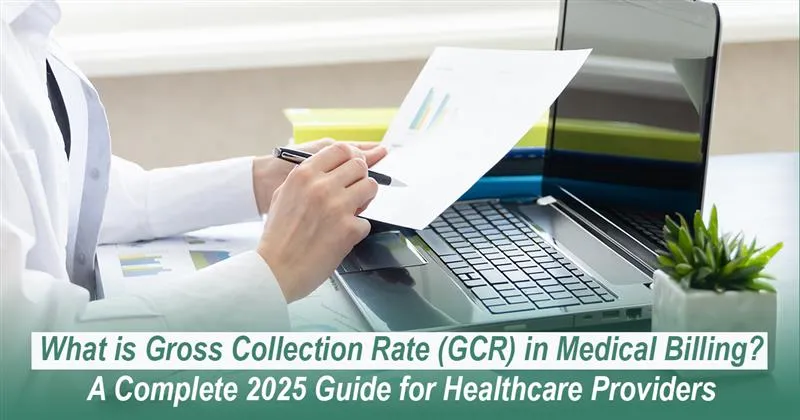
Posted By: Medsole RCM
Posted Date: Oct 23, 2025
In 2025, understanding the Gross Collection Rate (GCR) is crucial for every healthcare provider aiming to strengthen financial stability and revenue optimization. This complete guide explains what GCR means, how it’s calculated, and why it’s one of the most important key performance indicators in revenue cycle management. You’ll learn how GCR compares with Net Collection Rate (NCR), explore benchmarks by specialty, and discover how to identify weak points that affect billing and collections performance. The article also covers data-driven strategies to improve collection effectiveness, minimize claim denials, and enhance payment collection through automation, healthcare analytics, and accurate patient registration. With real-world examples and insights from MedSole RCM, this guide reveals how advanced tools, clear patient statements, and consistent performance monitoring can transform your healthcare organization’s financial health. Mastering GCR today means gaining stronger control, predictable revenue, and sustainable financial growth for your medical practice.
In the world of medical billing and collections, understanding your Gross Collection Rate (GCR) can completely change how your practice measures success. It serves as a reflection of your financial performance and the efficiency of your revenue cycle management.
This guide dismantles all the things about GCR — from what it is to how you can boost it. No matter what size healthcare organization you run—whether it's a tiny clinic or a large hospital/health system—once you know how to master this metric, you can improve financial stability and discover new sorts of revenue optimization.
The gross collection rate indicates exactly what percentage of your total billed charges for a particular time frame your clinic actually collects. Rather, it is a measure of how well your system generates cash from the charges you make.
For instance, if your clinic billed $500,000 but took in only $400,000, the GCR would be 80%. It’s one of those important KPIs that allows you to measure performance on the revenue cycle.
On average, top-performing practices maintain a GCR between 90% and 95%. However, benchmarks vary across specialties.
|
Specialty |
Average GCR Benchmark |
|---|---|
|
Primary care |
94% |
|
Orthopedics |
91% |
|
Mental health |
89% |
|
DME (Durable Medical Equipment) |
87% |
|
Pediatrics |
93% |
Those differences are due to variations in payer mixes, contractual rates, and patient populations. The clinics that focus on correctly scheduling a patient, getting the insurance verified, and having healthy payment plans fare better.
Your “skyscraper advantage” lies here—most competitors don’t offer such specialty-level insights. That’s where MedSole RCM stands apart, with data-driven benchmarking and healthcare analytics to enhance the financial health of healthcare organizations.
GCR (Gross Collection Rate) measures collections against all charges, without considering adjustments.
NCR (Net Collection Rate) measures collections against collectible charges after removing insurance-required adjustments.
Use GCR to check your early financial performance.
Use NCR to measure your true revenue efficiency.
While GCR measures total collections against billed charges, Net Collection Rate (NCR) considers only collectible charges after adjustments.
|
Metric |
Formula |
Insight |
|---|---|---|
|
GCR |
(Total Payments ÷ Total Charges) × 100 |
Measures billing performance. |
|
NCR |
(Payments ÷ (Charges – Adjustments)) × 100 |
Reflects true revenue collection efficiency. |
A simple way to view it: if your GCR drops but your NCR remains stable, it could indicate higher contractual adjustments rather than an ineffective collections process. Both are vital for evaluating revenue cycle performance, but GCR gives early warnings before accounts receivable pile up.
The GCR formula is simple:
GCR = (Total Payments ÷ Total Charges) × 100
This tells you how efficiently your practice turns billed charges into real collections.
Example: If you billed $500,000 and collected $350,000, your GCR is 70%.
A strong Gross Collection Rate (GCR) doesn’t just reveal how well your billing team performs—it also reflects how efficiently your entire revenue cycle management system works. When analyzed with other metrics like Days in Accounts Receivable and Denial Management, GCR uncovers profound insights into your financial stability.
For instance, if your GCR is high but your underpayments continue to increase, it could signal issues with your payer mix or contractual adjustments. Similarly, tracking collection effectiveness alongside claims submission timelines helps identify bottlenecks in your billing and collections process.
Many healthcare organizations use this combination of data through healthcare analytics tools like MD Clarity to benchmark their results against industry standards. Doing so ensures that you’re not just getting paid—but getting paid what you truly deserve for the care you deliver.
A low GCR is a red flag. It signals missed opportunities and inefficiencies across your revenue cycle management. Your cash flow slows down when denials rise or underpayments remain undetected.
Think of staring down a 90-day queue for payments due to incomplete claims submission or lacking insurance eligibility checks. The result? The result would be late collections, bad debt, and strained relationships with patients and payers. That would, over time, hurt your financial performance and limit your ability to grow.
For deeper insights, see this CMS resource or the AAFP collection guide on maintaining billing accuracy.
The Gross Collection Rate (GCR) indicates the points where issues may arise. It all begins with Visibility. When medical billing software is combined with payment tracking solutions, the two work in tandem to track every payment, denial and adjustment in real time.
This creates the opportunity for providers to spot delayed payments, uncollected balances and even hidden underpayments before they can negatively impact cash flow.
Clear and transparent patient statements and collections processes will definitely minimize confusion and increase confidence. Your automated billing system should be supplemented with continuous staff training and process reviews to detect errors as early as possible.
Healthcare providers can build more predictability in their cash flow cycle by integrating performance monitoring dashboards with reimbursement rates, claim denials and Days Sales in Accounts Receivable. This proactive stance reduces surprises, retains revenue and solidifies the financial well-being of healthcare providers across time.
If you want to boost the gross collection rate in medical billing, obtain precision and speed for every point of your billing and collections. Begin by fortifying patient registration and insurance verification processes. This helps avoid challenge management issues on the backend.
Implement real-time charge capture and expedite claims submission with intelligent medical billing software. Monitor payer trends on a regular basis to identify any underpayments or late payments. Transparent patient statements and automated reminders help, too.
A 20-provider independent clinic that teamed up with MedSole RCM experienced notable benefits. In six months, their GCR ballooned from 82% to 95% using billing automation, more stringent claims management, and proactive staff training—providing evidence that the right strategy can turn things around completely.
Comparing RCM vendors purely on GCR is misleading because specialties and payer mixes vary. Use this 3-step method instead:
NCR reveals true collection efficiency. A strong vendor keeps NCR above 95% consistently.
Low denial rate + high clean claim rate = strong backend operations.
Vendors with efficient charge capture and follow-up keep A/R under 35 days.
Pro tip: GCR alone is NOT a vendor comparison metric — but NCR, denial rate, clean claims, and A/R together expose real performance.
At MedSole RCM, we help practices enhance Gross Collection Rate (GCR) using automated billing processes and advanced payment tracking tools. Our solutions combine credentialing solutions, charge capture, and data-driven insights from MD Clarity to streamline every stage of your revenue cycle.
We provide end-to-end visibility, helping you monitor days in accounts receivable, track payment plans, and benchmark your collection effectiveness. As a US-based healthcare organization, we pride ourselves on transparency, accuracy, and proven results.
CTA: Get a Free Revenue Analysis—See How Much You Could Recover with MedSole RCM.
To further boost your Gross Collection Rate (GCR), MedSole RCM leverages healthcare analytics to identify patterns in payer behavior, coding accuracy, and reimbursement timelines. For instance, the billing and collections process for each of our payors is analyzed to reveal underpayments, claim denials, and payment collection trends that sometimes escape attention.
We then offer prescriptive recommendations and tailored revenue optimization tactics to help fill these revenue gaps. Our commitment to automated billing workflow, payor solutions and accurate patient registration ensures that every charge is captured from the beginning.
When workflows match industry standards and software demonstrations are conducted, practices can see real improvements in their collection efficiency and finances within one or more billing cycles. What we’re driving at is the ideal state of being in which your practice’s revenue cycle management runs without any hitches to provide you with maximum financial enlightenment (and control).
Improving your Gross Collection Rate (GCR) is just one step toward total revenue optimization. Other essential metrics include
Net Collection Rate (NCR)—measures efficiency after adjustments.
Clean Claim Rate – tracks claims accepted without edits.
Days in A/R—monitors the time it takes to collect payments.
Denial Rate – evaluates the frequency of rejected claims.
Each of these metrics ties directly to your financial stability and collection effectiveness. By tracking them together, you gain a 360° view of the financial health of healthcare organizations.
The Gross Collection Rate (GCR) is no longer just about counting payments—it’s becoming a smart financial forecasting tool. In 2025 and beyond, healthcare organizations must view GCR as a living, predictive key performance indicator that reflects overall revenue optimization and financial health.
New AI-powered medical billing software and automated billing systems help practices to prevent underpayments and late payments and resolve claim submission errors before they take a toll on collections.
These features facilitate increasing the collection of payments all the while being compliant and efficient. Today's healthcare analytics solutions offer anytime access to charge capture, denial management and accounts receivable metrics. Using predictive modeling, providers can understand how payers act, track their performance better, and enhance collection success in various specialties.
Adding clear and concise statements and flexible payment plans also builds patient trust and minimizes uncollected balances. Practices that adopt this proactive mindset now will outperform competitors still relying on manual billing processes. When monitored effectively, Gross Collection Rate (GCR) helps maintain financial stability, increases payment rates, and supports steady growth in all areas of managing revenue.
Your Gross Collection Rate (GCR) is more than just a number—it’s the lifeblood of your practice. It is very instrumental if tracked precisely, as it helps identify blockages, enhance claims management, and boost your reimbursement rate.
The support provided by MedSole RCM helps optimize reimbursement, manage the revenue cycle efficiently, and work towards financial sustainability. GCR mastery and optimization is going to become even more important for driving sustainable revenue growth and operational excellence through 2025 and beyond.
Q1: What does “gross collection" mean?
It is the overall percentage of billed charges a care provider gets paid before any adjustments or write-offs are made.
Q2: What are GCR and NCR in medical billing?
GCR includes all revenue collected against charge estimates, and NCR is based on the amounts collectible after adjustments
Q3: How to calculate gross collection rate?
You then multiply total payments received by total charges billed and multiply this result by 100 to find the percentage.
Q4: What are the 7 steps of RCM?
This process consists of patient registration, insurance verification, charge capture, claim submission, payment posting, denial management and reporting.
Recent Blogs
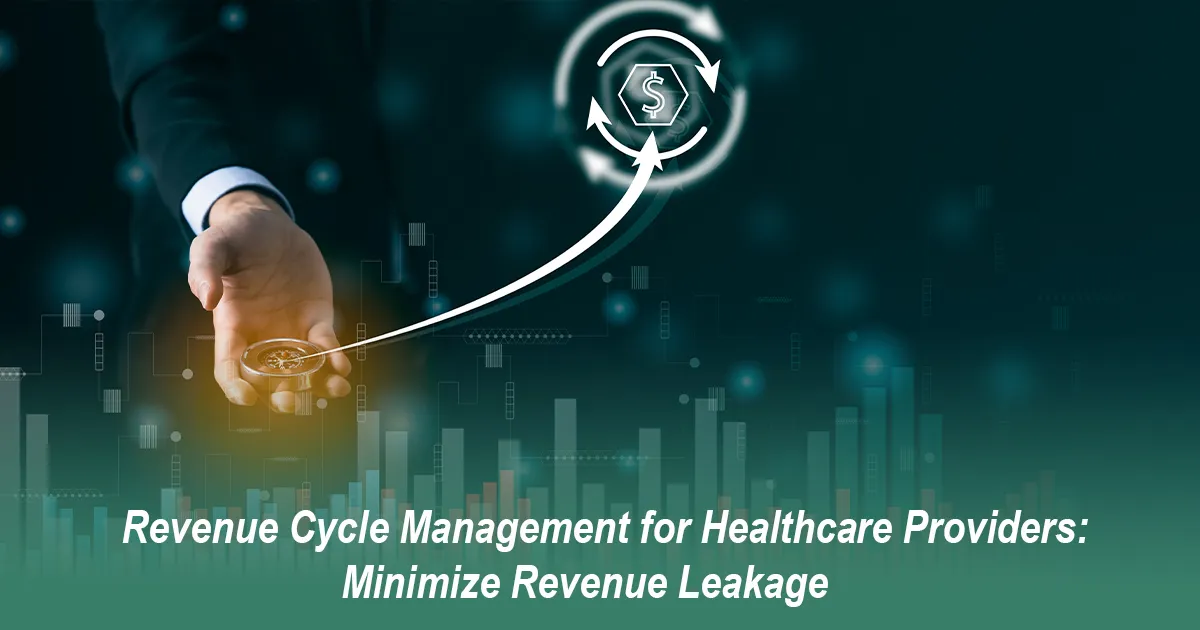
Posted Date: Jun 24, 2025
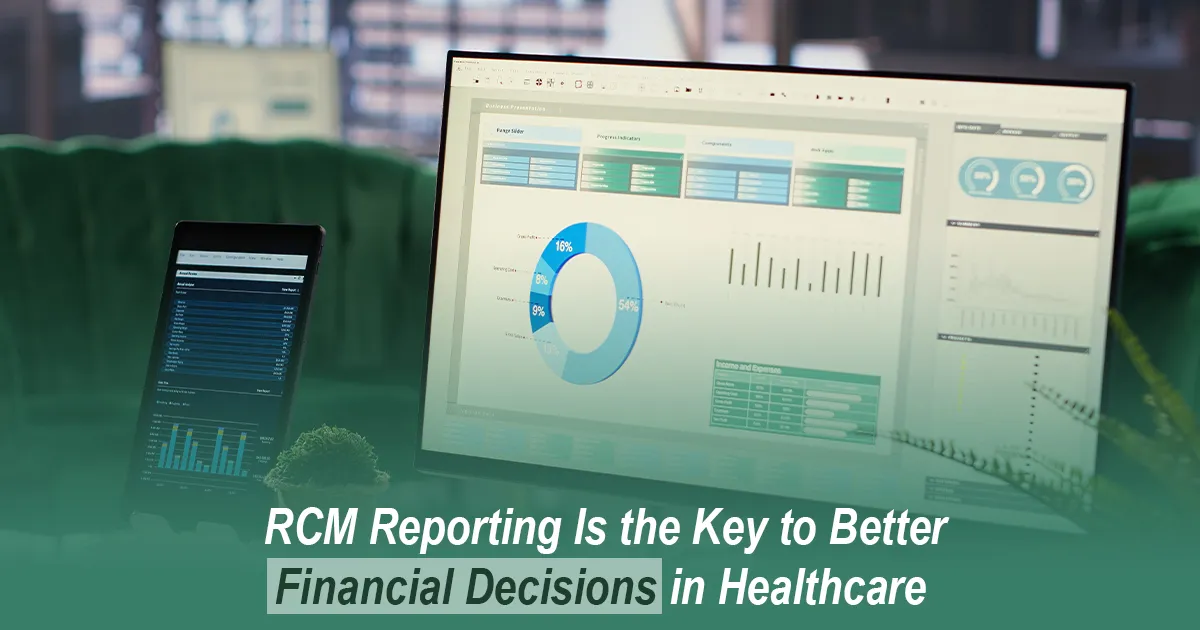
Posted Date: Jun 26, 2025

Posted Date: Jun 28, 2025

Posted Date: Jun 30, 2025

Posted Date: Jul 02, 2025

Posted Date: Jul 04, 2025
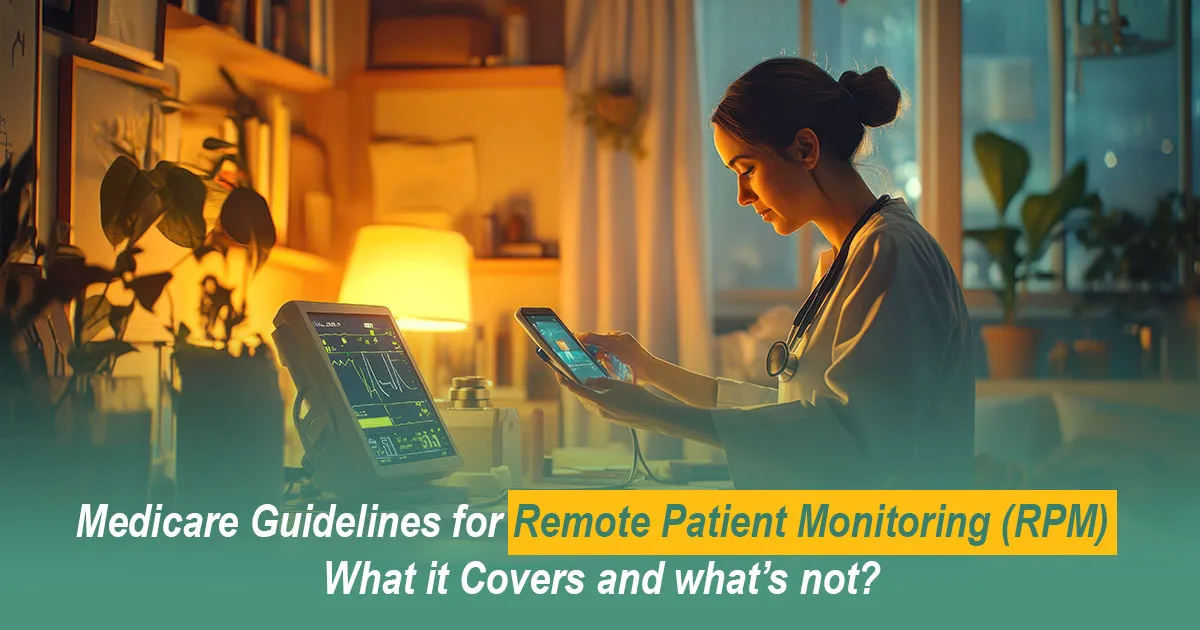
Posted Date: Jul 07, 2025

Posted Date: Jul 09, 2025

Posted Date: Jul 11, 2025

Posted Date: Jul 14, 2025

Posted Date: Jul 16, 2025

Posted Date: Jul 18, 2025

Posted Date: Jul 22, 2025

Posted Date: Jul 23, 2025

Posted Date: Jul 25, 2025

Posted Date: Jul 28, 2025

Posted Date: Aug 01, 2025

Posted Date: Aug 04, 2025

Posted Date: Aug 06, 2025
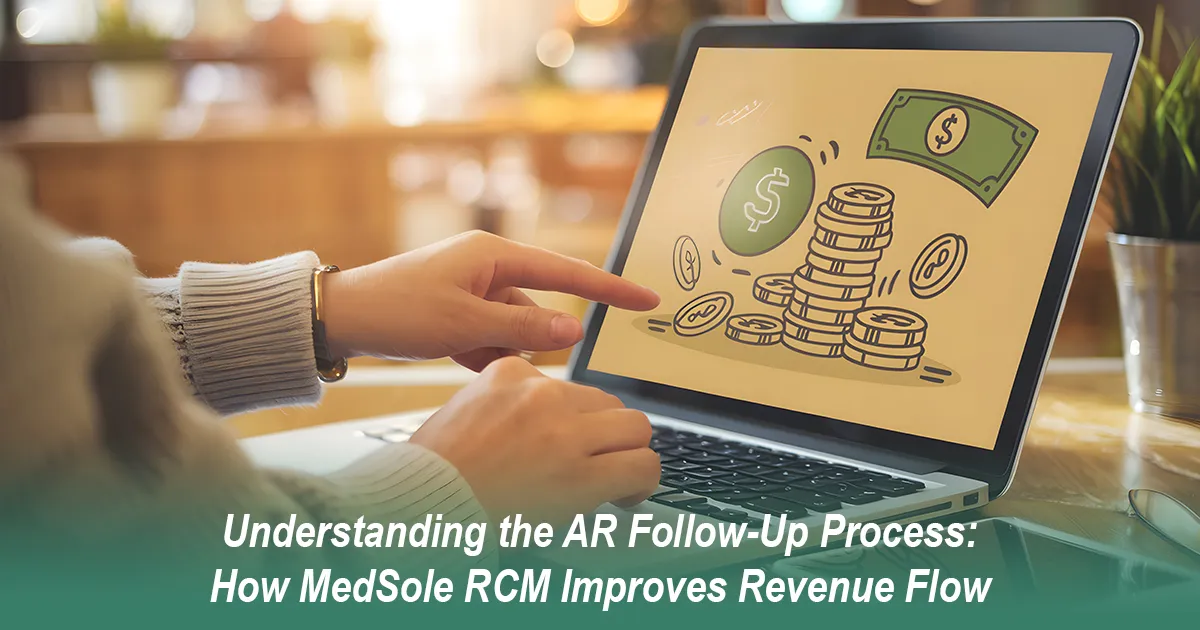
Posted Date: Aug 08, 2025

Posted Date: Aug 11, 2025
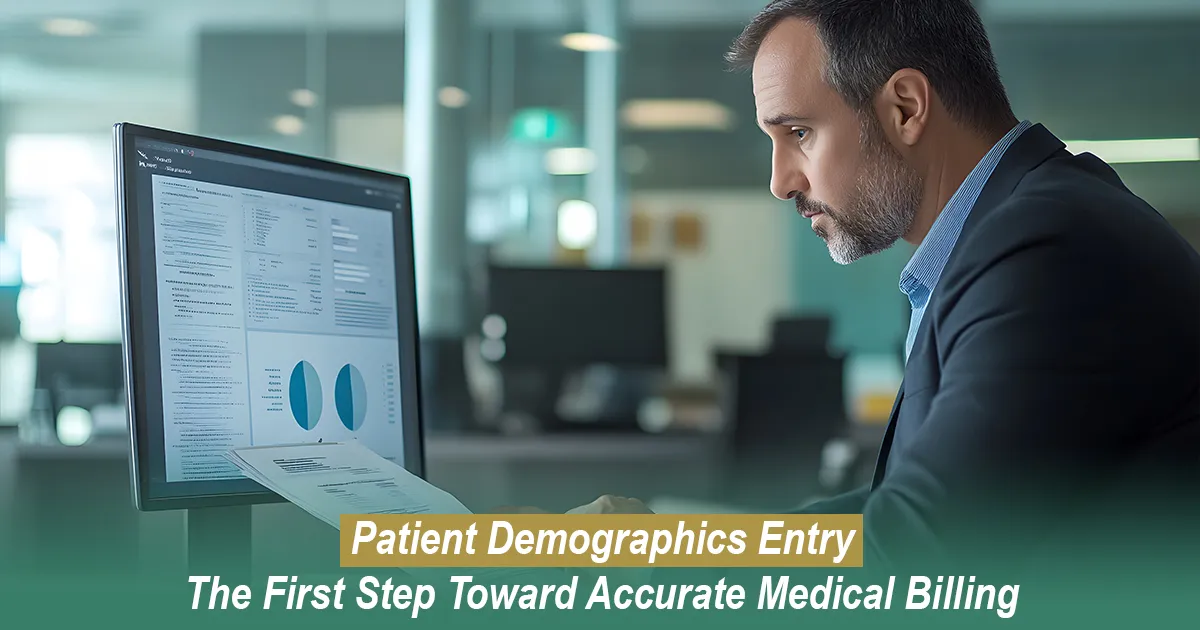
Posted Date: Aug 14, 2025

Posted Date: Aug 18, 2025
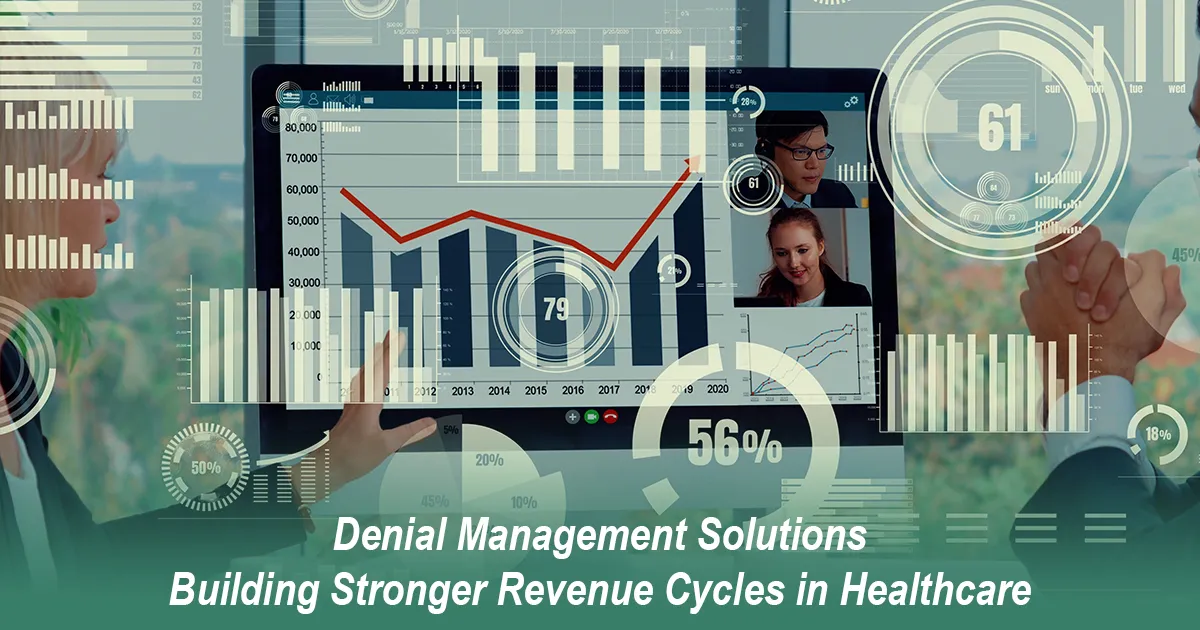
Posted Date: Aug 20, 2025
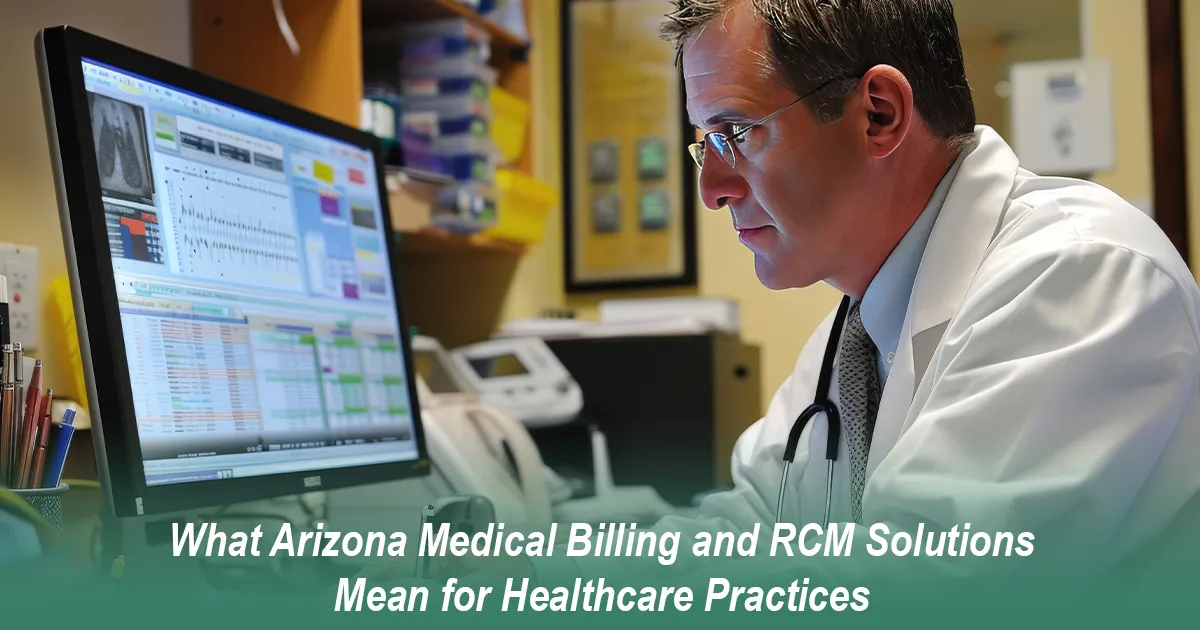
Posted Date: Aug 25, 2025
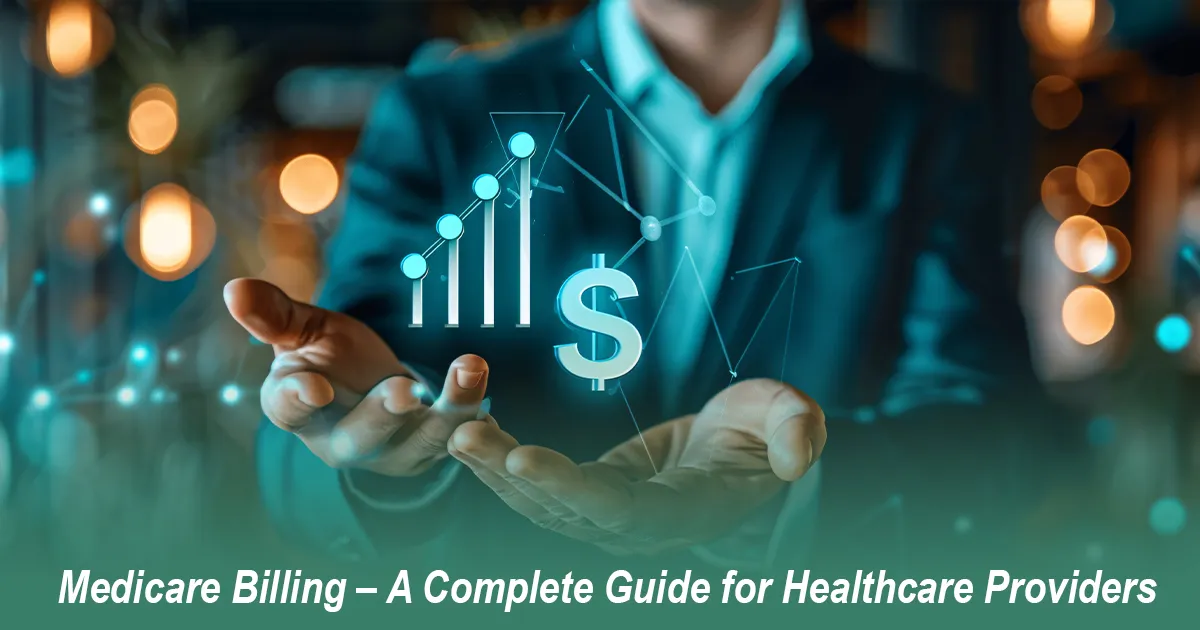
Posted Date: Aug 27, 2025
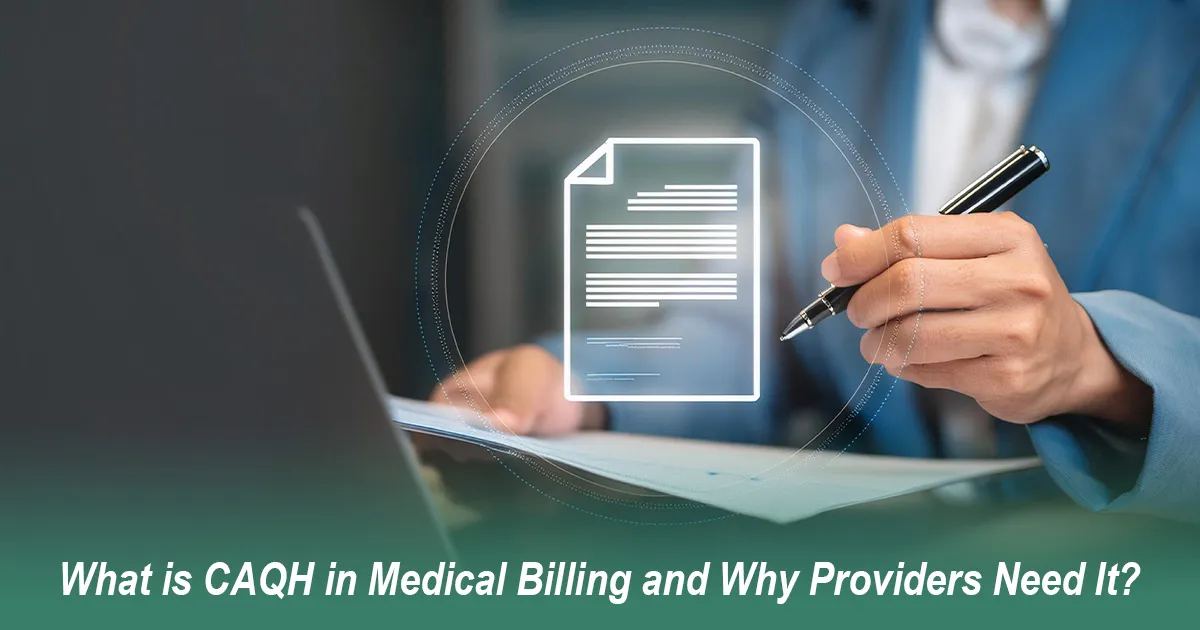
Posted Date: Aug 29, 2025

Posted Date: Sep 03, 2025

Posted Date: Sep 05, 2025

Posted Date: Sep 08, 2025

Posted Date: Sep 15, 2025
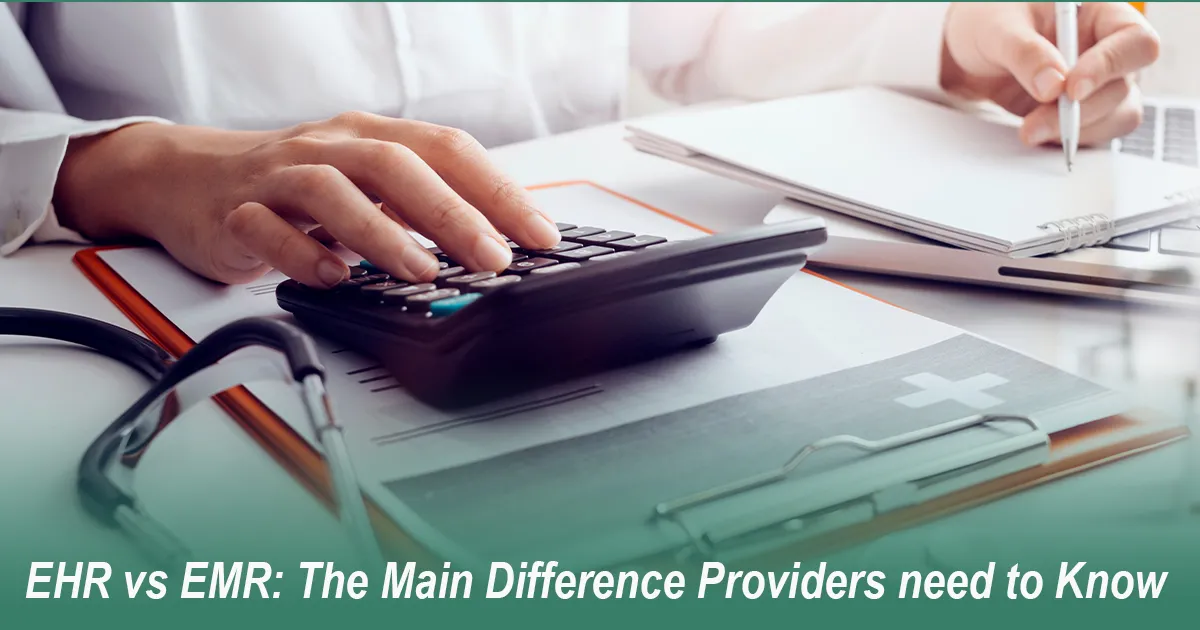
Posted Date: Sep 18, 2025

Posted Date: Sep 22, 2025

Posted Date: Sep 24, 2025

Posted Date: Sep 26, 2025
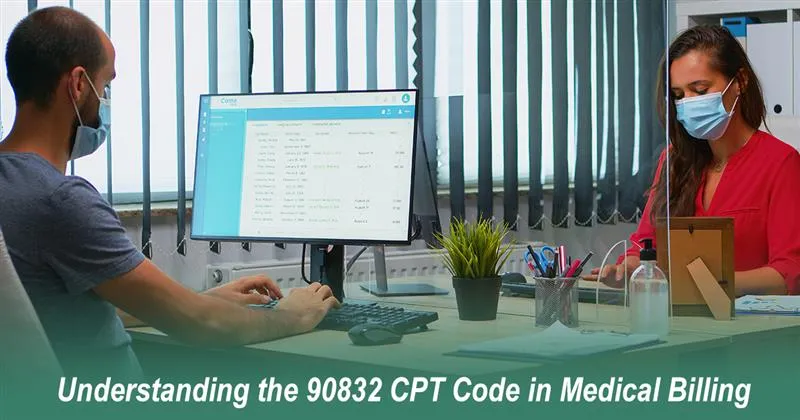
Posted Date: Sep 29, 2025

Posted Date: Oct 02, 2025
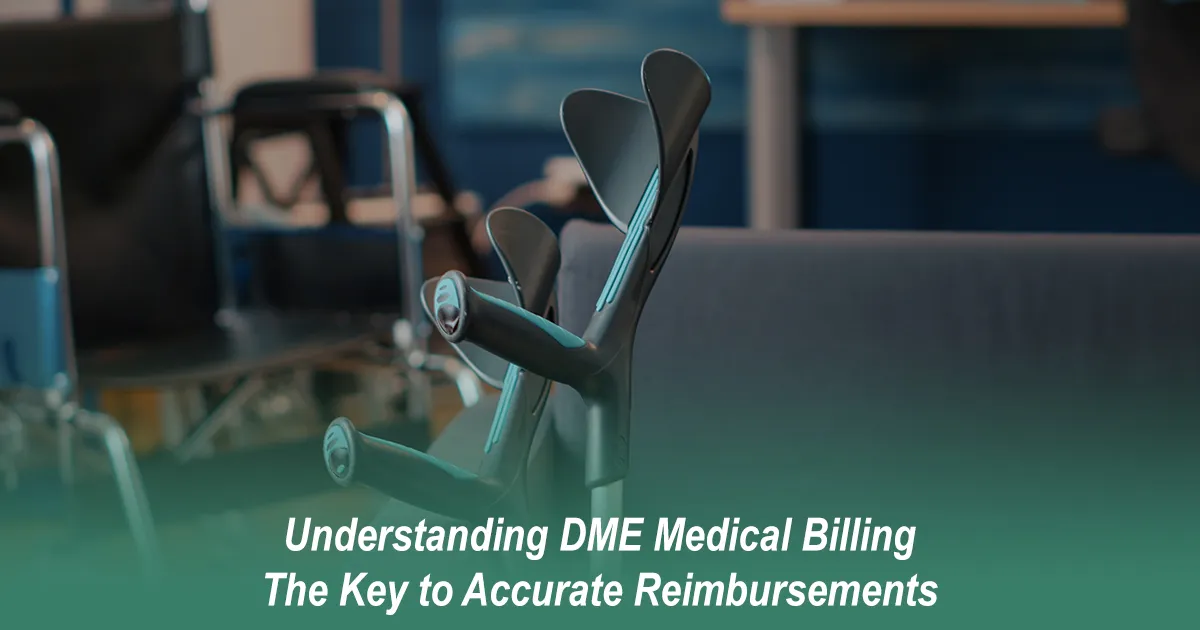
Posted Date: Oct 13, 2025

Posted Date: Oct 16, 2025

Posted Date: Oct 23, 2025
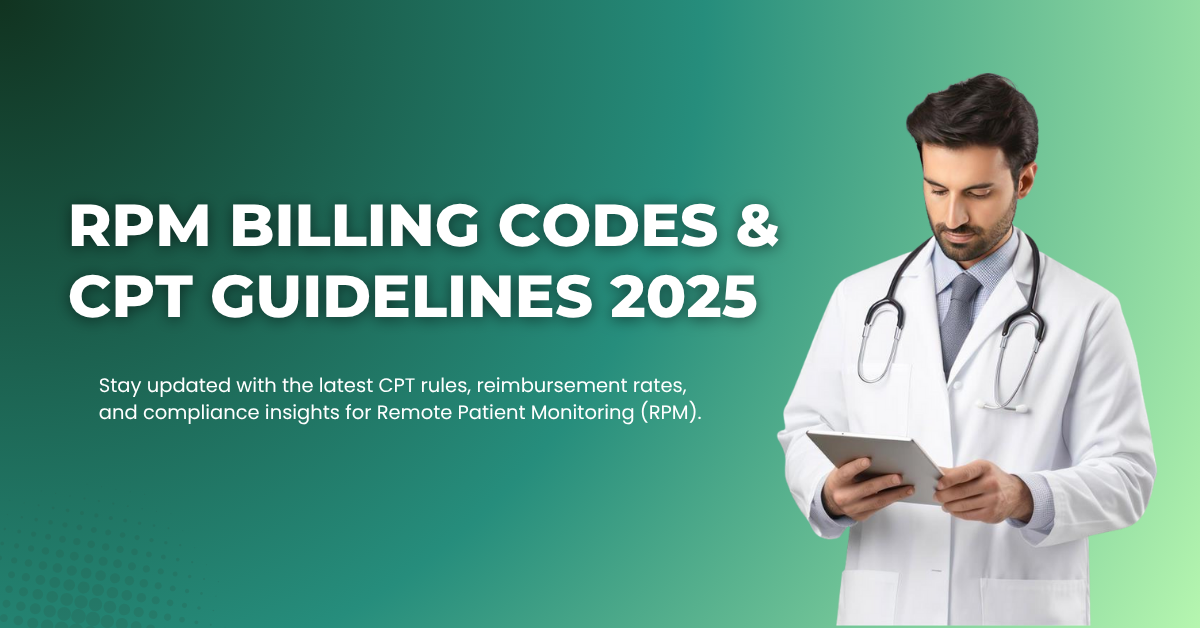
Posted Date: Oct 27, 2025
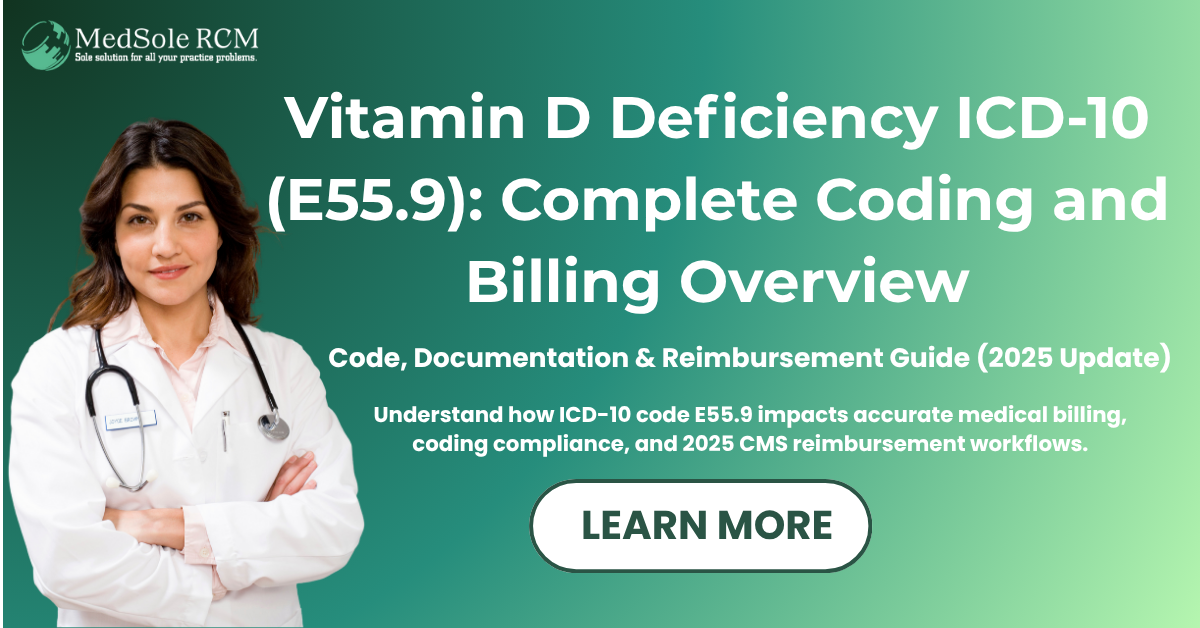
Posted Date: Oct 28, 2025
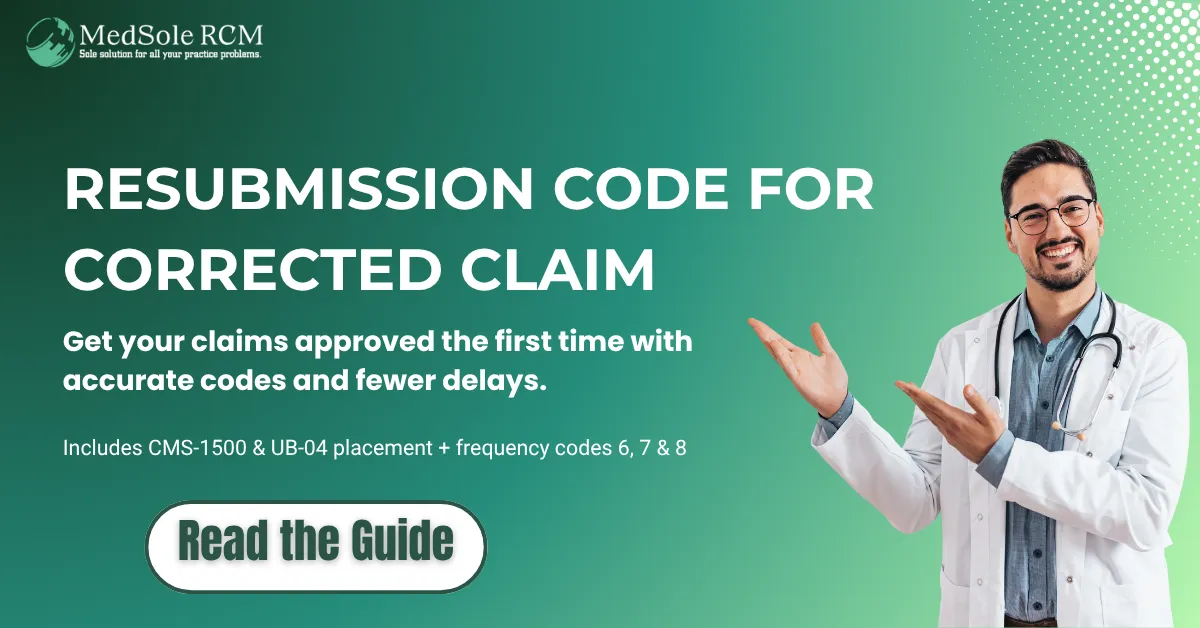
Posted Date: Oct 30, 2025
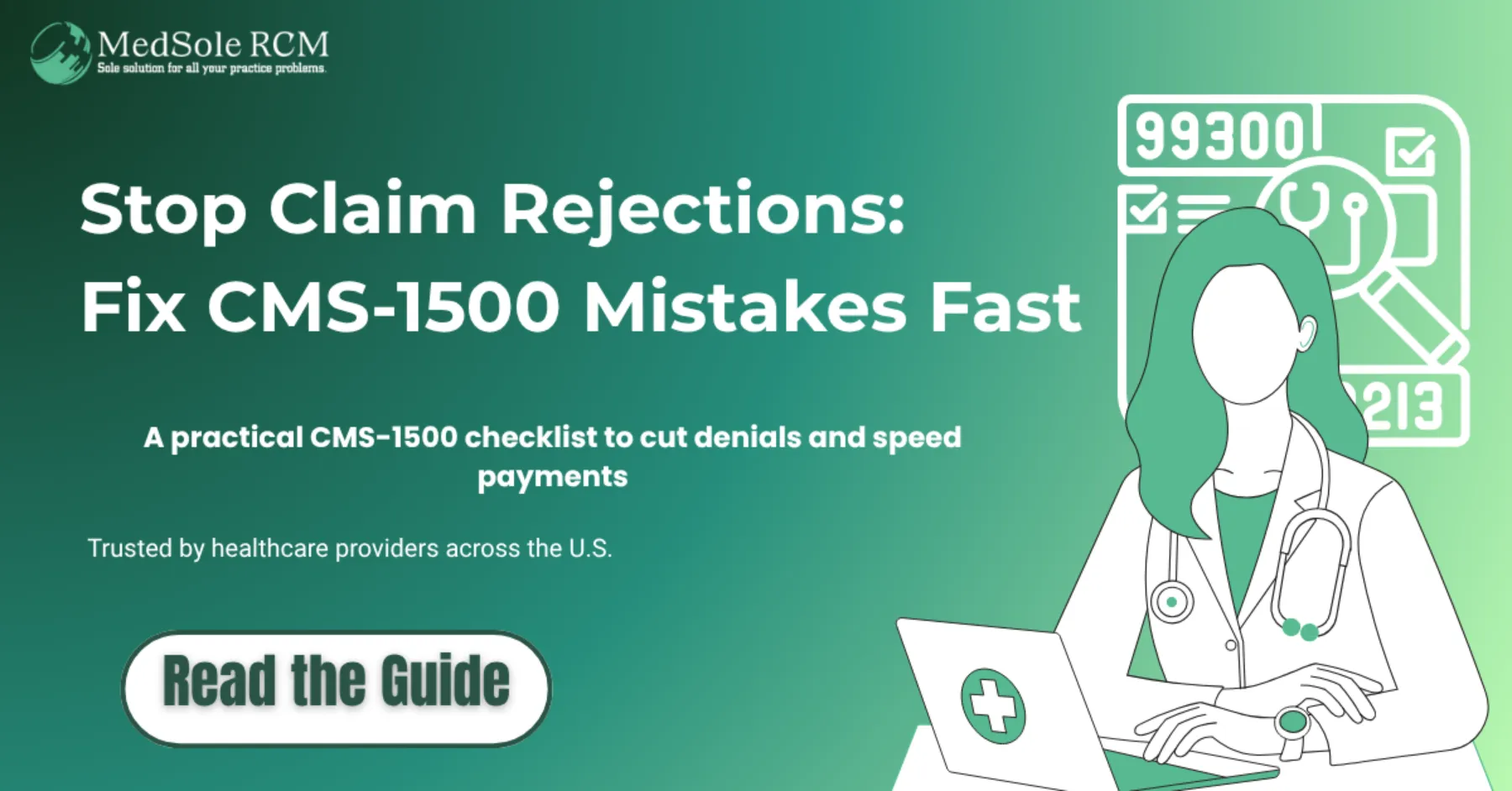
Posted Date: Oct 31, 2025
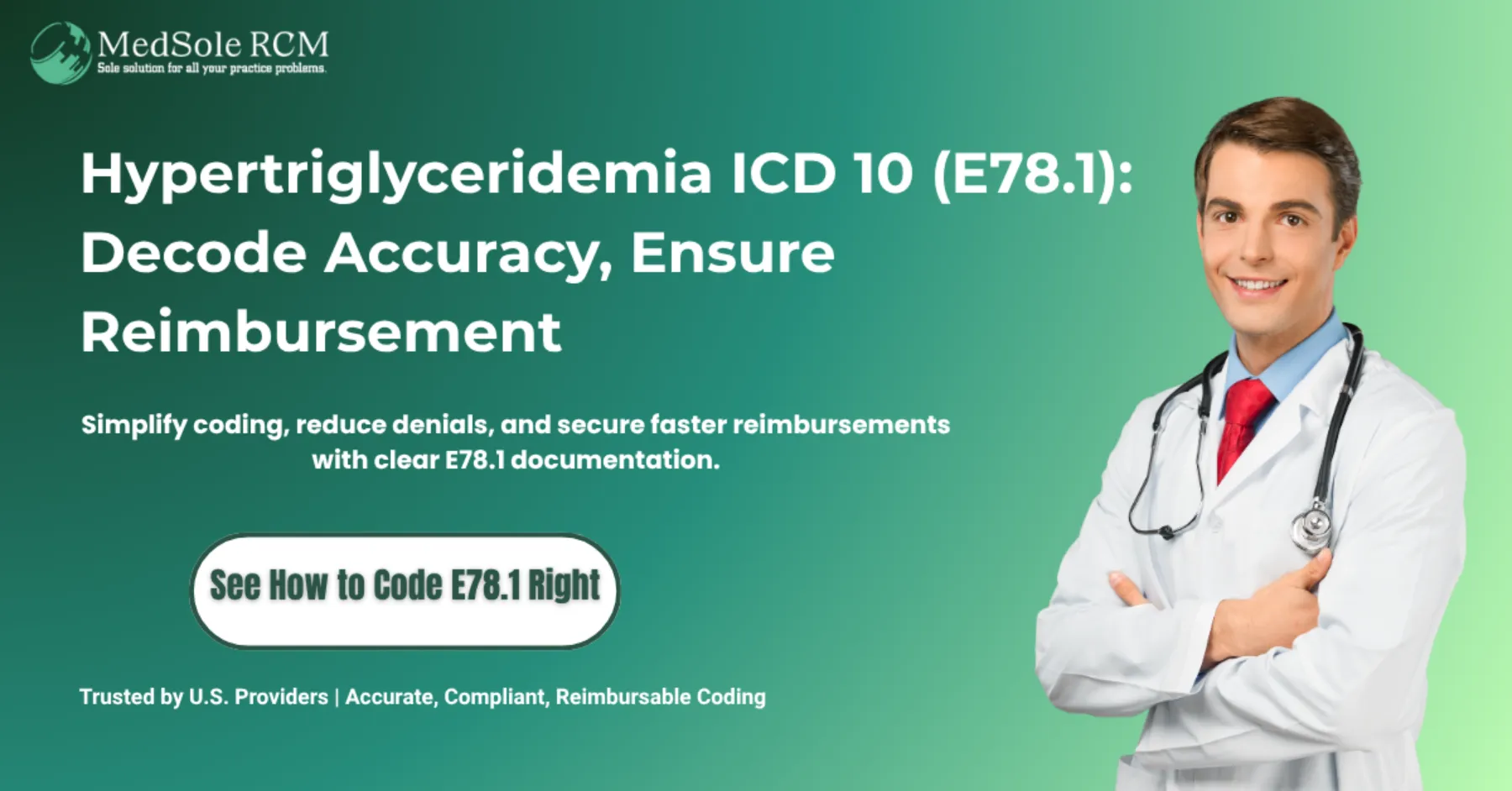
Posted Date: Nov 03, 2025
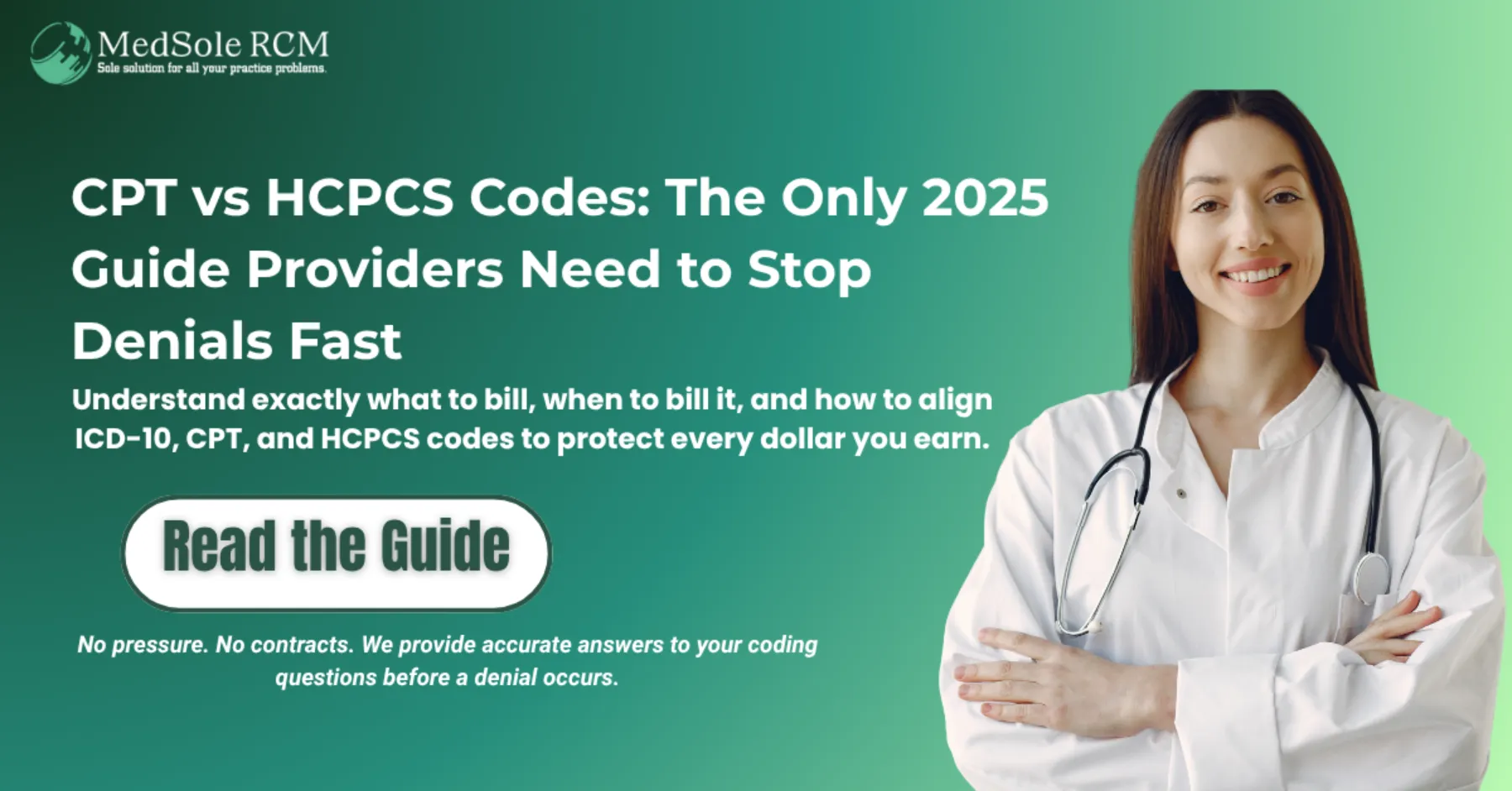
Posted Date: Nov 05, 2025
_11zon.webp)
Posted Date: Nov 11, 2025
.webp)
Posted Date: Nov 14, 2025